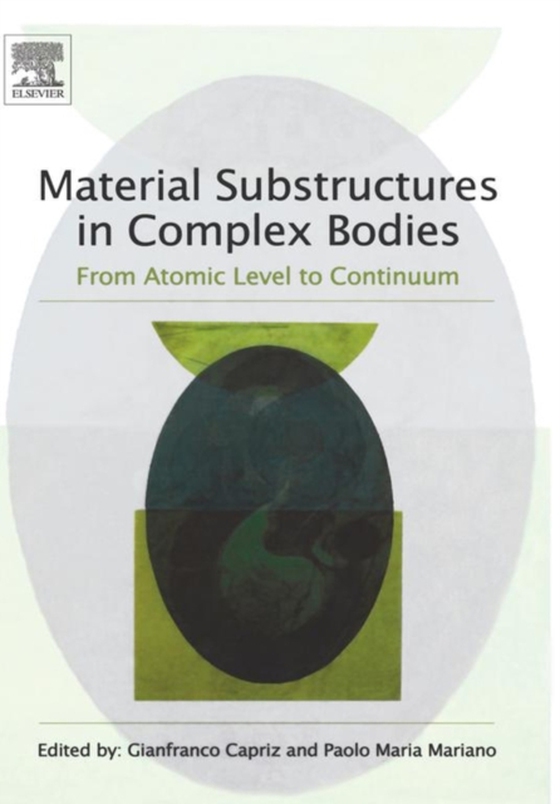
Material Substructures in Complex Bodies e-bog
1642,26 DKK
(ekskl. moms 1313,81 DKK)
Stringent industrial requirements for sophisticated performance and circumstantial control of microdevices or nanotechnology manufacturing, and other types of machinery at multiple scales, require complex materials. The adjective 'complex' indicates that the substructure influences gross mechanical behaviour in a prominent way and interactions due to substructural changes are represented direct...
E-bog
1642,26 DKK
Forlag
Elsevier Science
Udgivet
28 juli 2011
Længde
364 sider
Genrer
Materials science
Sprog
English
Format
pdf
Beskyttelse
LCP
ISBN
9780080554716
Stringent industrial requirements for sophisticated performance and circumstantial control of microdevices or nanotechnology manufacturing, and other types of machinery at multiple scales, require complex materials. The adjective 'complex' indicates that the substructure influences gross mechanical behaviour in a prominent way and interactions due to substructural changes are represented directly. Examples are liquid crystals, quasi-periodic alloys, polymeric bodies, spin glasses, magnetostrictive materials and ferroelectrics, suspensions, in particular liquids with gas bubbles, polarizable fluids, etc. The mechanical behaviour of complex bodies described in this book gives rise to a wide variety of challenging problems from the macroscopic- to the nano-world. The chapters composing this book explore various aspects of these problems, giving rise to new areas of discussion together with specific solutions. Contributors are Carlo Cercignani, Gianfranco Capriz, Pierre Degond, Antonio Fasano, Harley T. Johnson, Sukky Jun, Krishna Kannan, Wing Kam Liu, Alberto Mancini, Paolo Maria Mariano, Ingo Muller, Kumbakonan R. Rajagopal, Jan Jerzy Slawianowski. Material Substructures in Complex Bodies will be a useful tool for researchers and students working on the basic mathematical and physical problems accruing from the mechanics of materials. Leading scientific competence of contributors Clear writing style linking solutions and open problems Suggestions for direct technological applications and new research work Mathematical models for nanotechnology devices
 Dansk
Dansk

